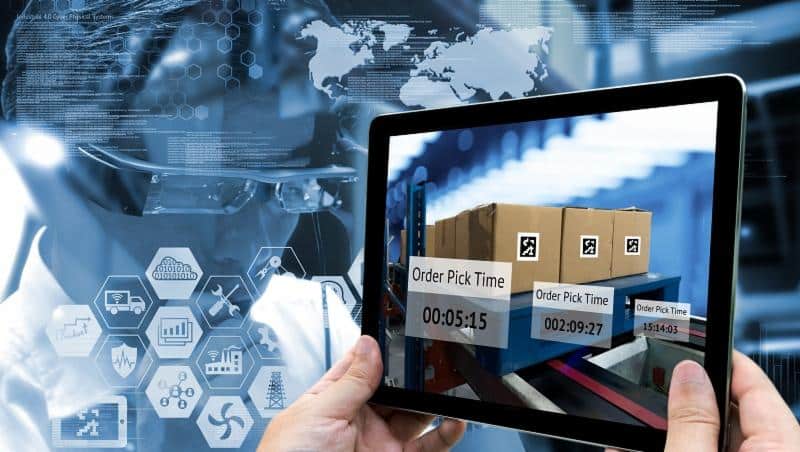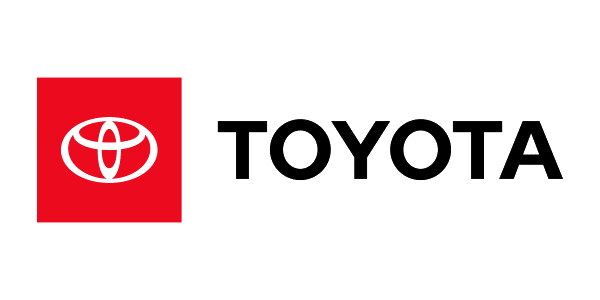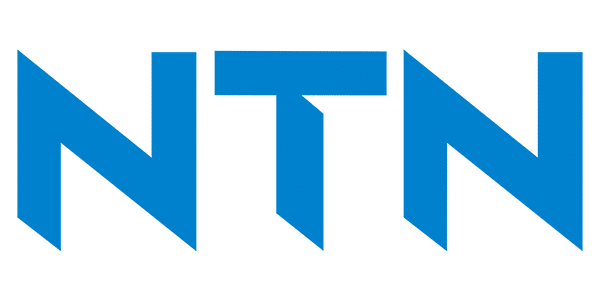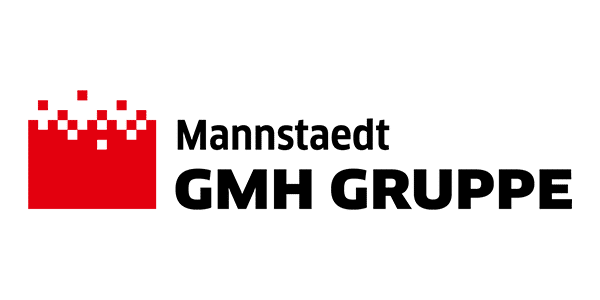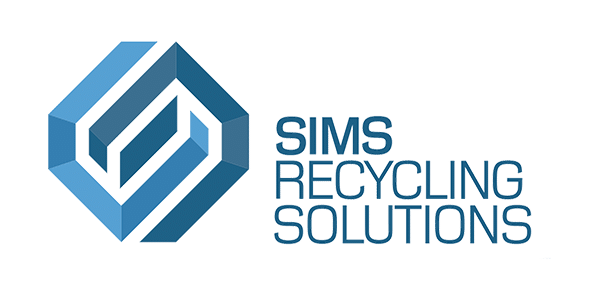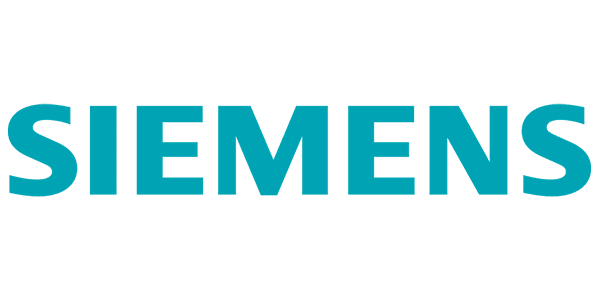Accurate, real-time data is critical for successful third-party logistics (3PL) and supply chain management.
When companies partner with Exegistics for transportation services, they are looking for more than just a carrier to move products from Point A to Point B. They want a true partner that can work with them to reach their supply chain targets and overall business goals. Advanced analytics that provide transparency and optimization are vital in this relationship. But there is an analytics gap between shippers and their 3PL providers, according to research from the 2020 24th Annual Third-Party Logistics Study by Infosys Consulting, Penn State University, and Penske Logistics.
Analytics – transforming data into insights in order to make better business decisions – have become more sophisticated in recent years with the growth of data management and analytics software, cloud-based tools, and Internet of Things (IoT) technologies. Among respondents to the study, 95% of shippers and 99% of 3PLs believe that analytics capabilities are a necessary element of 3PL expertise, yet only 26% of shippers and 27% of 3PLs are satisfied with those capabilities.
Here are some other important highlights from the study:
- The five common types of analytics are: descriptive, diagnostic, predictive, prescriptive, and cognitive/AI/machine learning.
- There are high levels of agreement among shippers and 3PLs about the types of problems that could be improved through analytics, including: on-time and complete order fulfillment, shipment visibility, freight costs per shipment, transit time, cost-to-serve, and order-to-delivery cycle time. All are important to meeting transactional KPIs.
- Some common types of problems with data are: the availability of clean data, insufficient analytics resources, and the need for additional expertise and talent.
The study outlines several steps companies and their 3PL partners can take to close this analytics gap:
- Make a joint commitment for improvement: Work together to create a strategic plan for using analytics to address problems.
- Identify problems and objectives: Determine what issues in the current situation need to be resolved and the goals that will be achieved with transformation.
- Take a structured approach to analysis. Develop a detailed and realistic plan, and outline specific steps, such as data collection, analysis, recommendations, implementation, and feedback and continuous improvement.
Are you struggling with an analytics gap in your logistics and supply chain? Learn more about Exegistics’ transportation management services.
